Welcome to my annual coverage of the K2 summer climbing season. I will be reporting from my home in Colorado this year based on my personal experience of our successful 2014 K2 summit and covering the action the last six years. 2021 will see a less crowded Karakorum compared to pre-pandemic times. I estimate around 150 to 200 climbers on the large 8000ers this summer.
The Savage Mountain
K2 is a totally different climbing experience from Everest. It requires a honed set of skills and alpine experience. It is the second-highest mountain in the world at 28,251’/8611m. While 60 people climbing K2 is a large number, it is dwarfed by the nearly 800 who attempted Everest this spring.
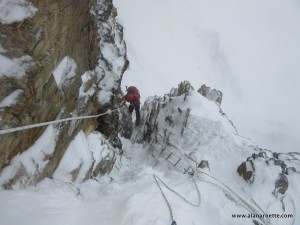
Climbing K2 is technical – meaning you are using feet and hands to climb; the exposure is dramatic – if you fall you will most likely die; and the weather is extreme – it is less predictable due to standing alone to the west of nearby mountains thus creating its own systems. It is common to have very different conditions on K2 than on Broad Peak or the Gasherbrums that are only a few miles away.
Unlike Everest, there are no long, flat sections i.e. the Western Cwm. K2 starts steep, ends steep, and never lets up. Objective dangers are constantly on the minds of K2 climbers. Avalanches and rock-fall are rampant and injuries are common.
K2 is in a different league than most of the other 8000ers. Just because you summited Everest, doesn’t mean you are ready for K2. A bit of trivia, there are around 200 people who have summited both Everest and K2.
It is well documented that K2 sees significantly more deaths than Everest. Thru the spring of 2021, I estimate 10,700 summits by about 6,400 people and 308 deaths on Everest – 3% compared to 388 summits with 90 deaths on K2 – 23%. Of the 8000 meter peaks, Everest has the highest absolute number of deaths at 308 but ranks near the bottom with a death rate of 1.13. Annapurna is the most deadly 8000er with one death for about every three summits (72:293) or a 3.71 death rate. Cho Oyu is the safest with 3,681 summits and 50 deaths or a death rate of 0.55.
The number one reason listed for death on K2 is “disappearance” suggesting that the climber fell in a highly exposed area, was blown away by winds, or buried in an avalanche. 33 climbers have died while descending from the summit. 11 died in 2008 including my friend Gerard McDonnell when the towering ice serac just below the summit let a tiny fraction of its 100-meter vertical face loose. If you attempt K2, you must accept that dying is a real possibility.

Years with No K2 Summits
The first summit of K2 was on July 31, 1954, by Italians Lino Lacedelli and Achille Compagnoni. The first attempts began in 1902 by Brit Aleister Crowley. But it was the Duke of Abruzzi who made the most valiant attempts in the early 1900s thus named the ridge most popular used today, the Abruzzi Spur. After five separate American attempts, Louis Reichardt and Jim Wickwire summited on September 6, 1978, and John Roskelley and Rick Ridgeway the next day. Amazingly Jim Wickwire spent a night in the open just below the summit at 27,000 feet without food, oxygen, or shelter in temperatures of -40 degrees.
From 1986 to 2020 there were 13 years with no summits including in 2020 when Pakistan closed summer climbing due to the Pandemic. From 2009 to 2018, there were only five years with summits – 2011 only from the Chinese side by Gerlinde Kaltenbrunner who became the first woman to get all the 8000ers san Os. In 2012, 2014, and 2018 each saw about 30 – 50 people summiting – record-breaking years as a result of a week of excellent and rare summit conditions. Everest went from 1974 to 2014 with summits every year – 40 straight years!
2019 Summer K2 Results
2019 was the last summer season with activity on K2 and the other peaks. This followed a record year in 2018 on K2 with over 60 total summits plus the first true ski descent.
The 2019 K2 season started out doubtful, got worse but ended on a happy note … for those who stayed. Thanks to an unusual spate of good weather, over 30 people made the summit, including at least seven not using supplemental oxygen. While impressive total summits, this is about a 30% summit rate given at least 100 climbers had K2 permits for the summer of 2019. Historically, 30 summits are becoming about average for K2. It appears there were no deaths on K2 that season.
One stand-out climb was by Alpenglow owner Adrian Ballinger plus Ecuador female climber Carla Perez. They didn’t use supplemental O’s and climbed with Ecuadorian Topo Mena and Sherpas Pemba Gelje Sherpa and Namgye Sherpa in support.
2020/21 Winter K2 Results
With the Pandaminc, there was no climbing during the traditional summer season in the Karakorum, but winter saw success and tragedy. History will show that that nine Sherpas and one Nepali made the first winter summit of K2 in the winter of 2020/21. It took a group of Nepalis working together as a team of ten who were experienced and talented climbers along with the vision of Mingma Gyalje Sherpa, to make it happen. Nirmal Purja Purja Purja summited with the team and didn’t use supplemental O’s.
Three climbers went missing on their summit attempt: John Snorri, Ali Sadpara, and Juan Pablo Mohr, after leaving Camp 3. There was no confirmation if they summited.
Seven Summits Trek’s had a massive team of around 50 climbers, evenly split between paying climbers and Sherpas. None summited and two died; 42-year-old Bulgarian Atanas Skatov and Spanish Sergi Mingote. Both perished from falls.
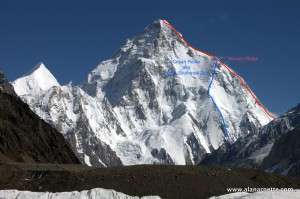
K2 Routes
There are 9 named routes on K2: Česen, Northeast Ridge, North Ridge, South Face (Central Rib), South-southwest Pillar (Magic Line), Northwest Face, Northwest Ridge, and West Face with the Abruzzi Spur aka the Southeast Ridge. No one has climbed the East Face, due to the instability of the snow and ice formations on that side. There are no easy routes on K2.
The Abruzzi has been used for 75% of the summits. There are several technically difficult features including Houses’ Chimney and the Black Pyramid. The Bottleneck Couloir is one of the most dangerous sections serving as a blowing alley for rock and icefall. The Abruzzi usually has 4 camps on the mountain:
- Base Camp: 18,600ft/5669m
- Advanced Base Camp: 18,650ft/5684m
- Camp 1: 19,965’/6085m
- Camp 2: 22,110’/6740m
- Camp 3: 23,760’/7240m
- Camp 4: 25,080’/7644m
- Summit: 28,251’/8611m
2021 Teams
I expect 2021 to see significantly smaller climber numbers due to COVID. Also, Pakistan sent confusing messages about using Nepal Sherpas. First, they were banned altogether but then, when it was too late for the large Nepali teams of Seven Summits Treks, Imagine Nepal, and Elite Expeditions to go, they softened the requirements to one of vaccine, testing, and quarantine. There is only one team from Nepal in the Karakorum this summer.
Overall, I expect around 100 climbers for the major peaks of K2, Broad Peak, Gasherbrum I, Gasherbrum II, and Nanga Parbat. K2 will have a bit over 60 people climbing.
I’ll go into detail in the next post about each team but these are the ones expected to climb:
- Pioneer Adventure: Broad Peak, K2
- Madison Mountaineering: K2
- Karakorum Expeditions: Broad Peak, K2
- Graham Zimmerman and Ian Welsted: K2 West Ridge
- Sajid Ali Sadpara: searching for evidence of his father, Muhammad Ali Sadpara
- Spanish Team: Nanga Parbat
- Broad Peak: Don Bowie, Lotta Hintsa plus many of the K2 climbers who will “acclimitze” there
- Blue Sky Czech Republic & Slovakia: GI
Many teams have arrived in Pakistan and are making the seven to eight-day hike up the Baltoro Glacier enjoying some of the most spectacular views anywhere in the mountains.
Schedule
Everything starts in Islamabad, then the drive to Askole, the trek to base camps, and the climb begin. This is a typical schedule:
- June 15: Islamabad
- June 18 – June 28: Trek to BC on Baltoro Glacier
- June 29 – July 15: Establish High Camps and Acclimatize
- July 15 – Aug 31: Summit Bid
- July 31 – Aug 5: Travel Out
A Busy Summer in Pakistan
If you have a team and want coverage, please contact me. Best of luck to all this summer. Hoping the winds are not as strong as they were on Everest last month and the K2 climbers nab a summit or two.
Why this Coverage
I try to report on K2 in the same style as my annual Everest coverage but accurate information is much more difficult to obtain from Northern Pakistan than from Nepal. I’ll do my best to throw in occasional coverage for climbers on Broad Peak, Nanga Parbat, and Gasherbrum I and II.
As always, I use my blog to raise awareness of Alzheimer’s and if you appreciate my coverage, please consider a donation where 100% goes to Alzheimer’s non-profits and nothing ever to me. Read more about why this cause is so important at this link and how Alzheimer’s took Ida Arnette’s life.
Climb On!
Alan
Memories are Everything
The Podcast on alanarnette.com
You can listen to #everest2021 podcasts on Spotify, Apple Podcast, Breaker, Google Podcasts, Pocket Casts, RadioPublic, Anchor, and more. Just search for “alan arnette” on your favorite podcast platform.

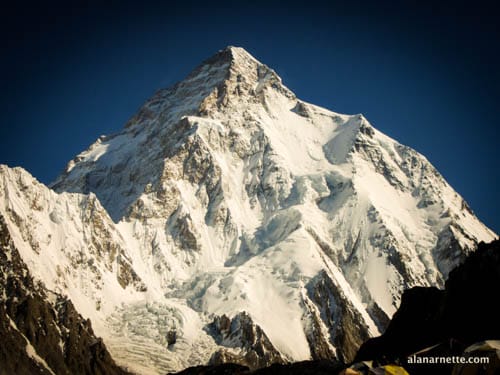
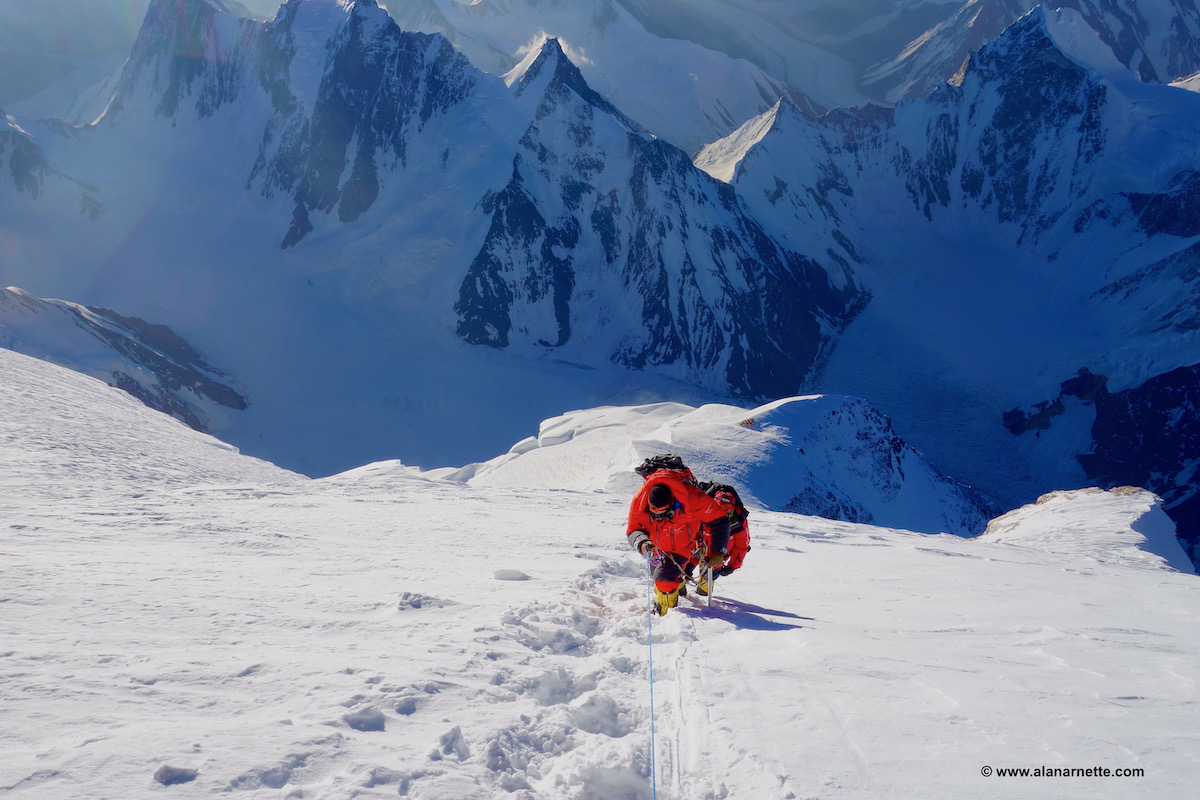

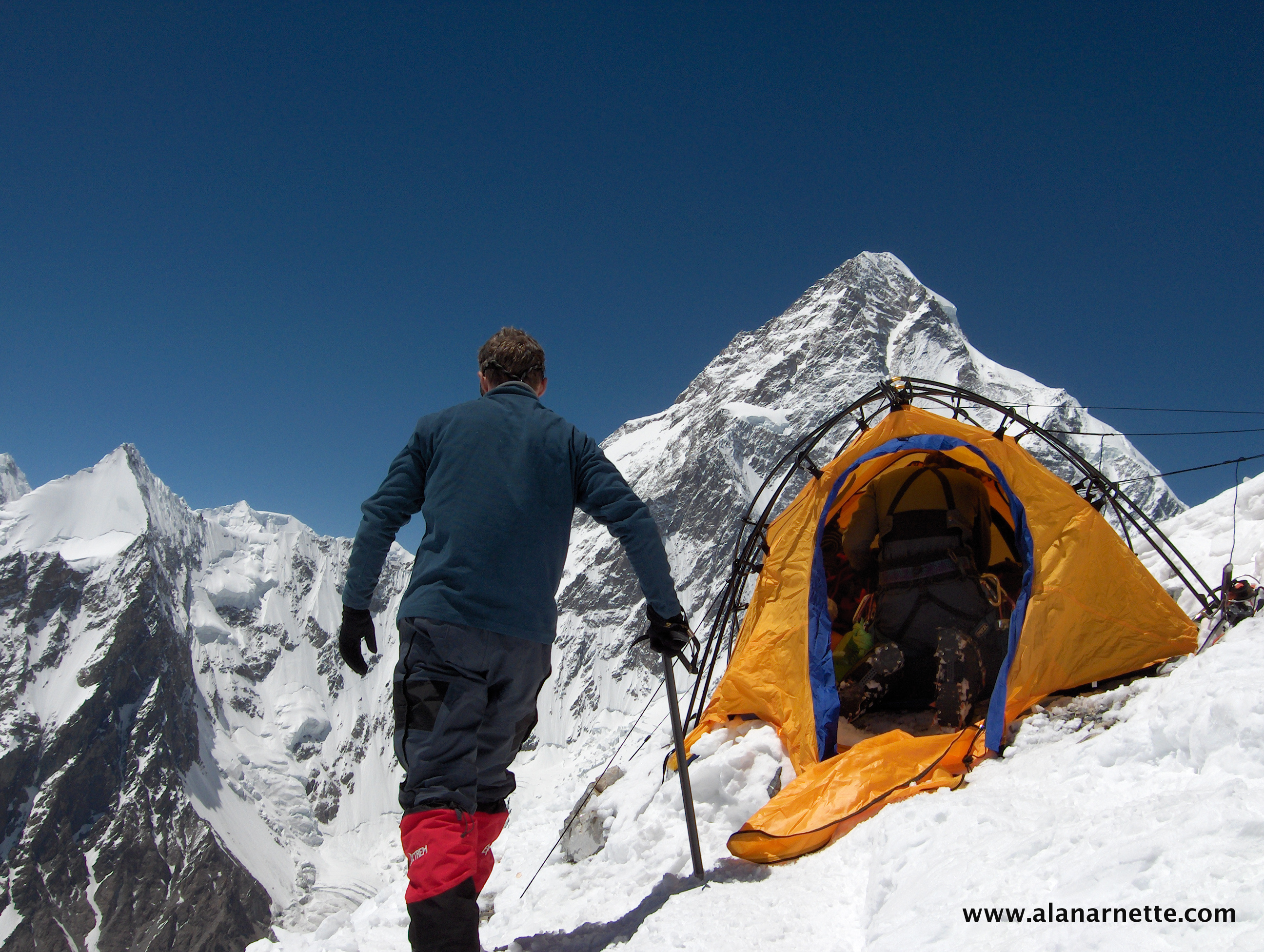
4 thoughts on “K2 2021 Summer Season Coverage Begins”
Reaching the top of K2 with no 0s is some feat in itself. However, watched Adrian Ballinger’s documentary, was very surprised to hear no mention of the team before them that cleared/broke the route to the summit, without that team they’d never have made it. If I am correct, it would have been Nirmal Purja Purja Purja team…
Alan could you include in your coverage my compatriots’ Jeff Spelman and Niels Jespers attempt to climb K2 no ox ? Thanks.
https://www.nielsjespers.be/blog?fbclid=IwAR3-PSajKE1jcdHp4SuJcmZsJxKqmARlMbU_3oopqJuodvGWttkxV5pR7TM
Alan, could you include in your coverage my Belgian compatriots Jeff Spelmans and Nies Jespers who intend to climb K2 with no ox? Thanks.
https://www.nielsjespers.be/
ALAN, thank you for covering this season’s K2 expeditions. I appreciate your news and observations. Have followed all your Everest 2021 posts. K2 is different.
Comments are closed.